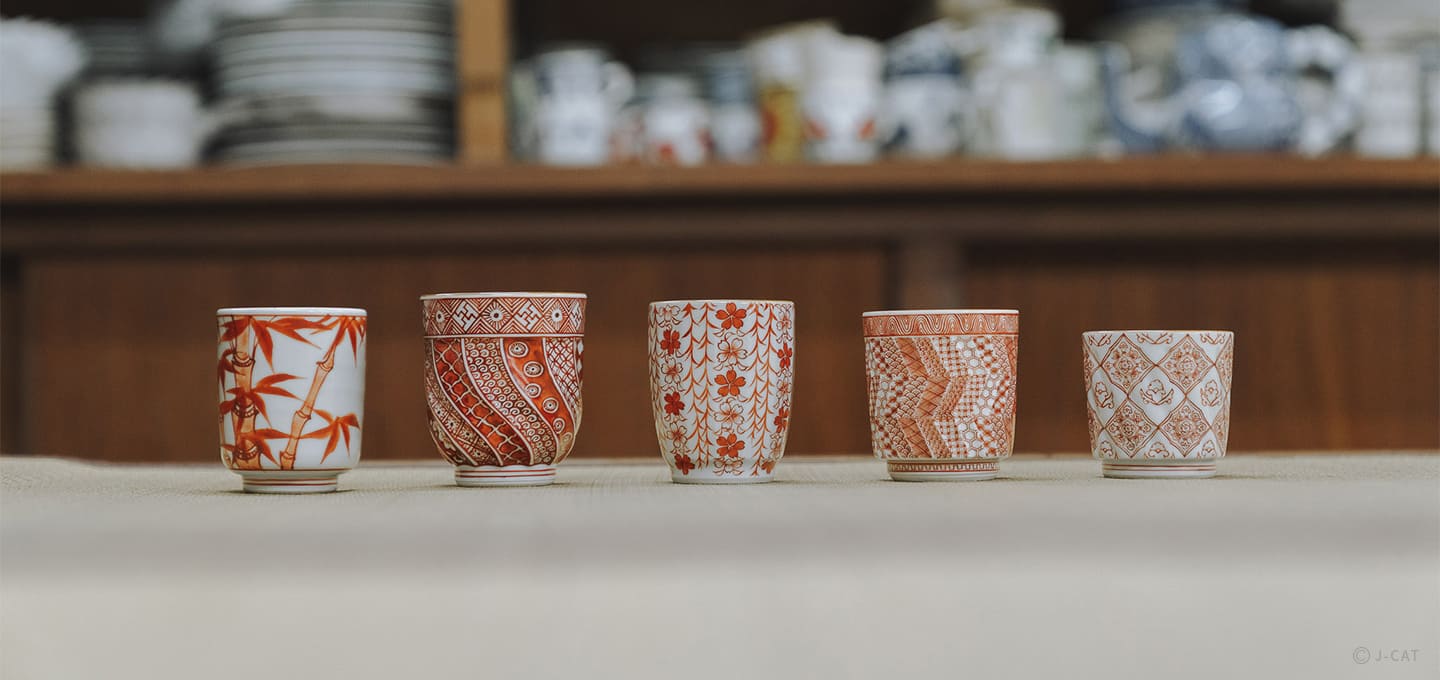
Special Experience
Kyoto
Kiyomizu Ware Pottery Experience at a Century-Old Kiln in Kyoto
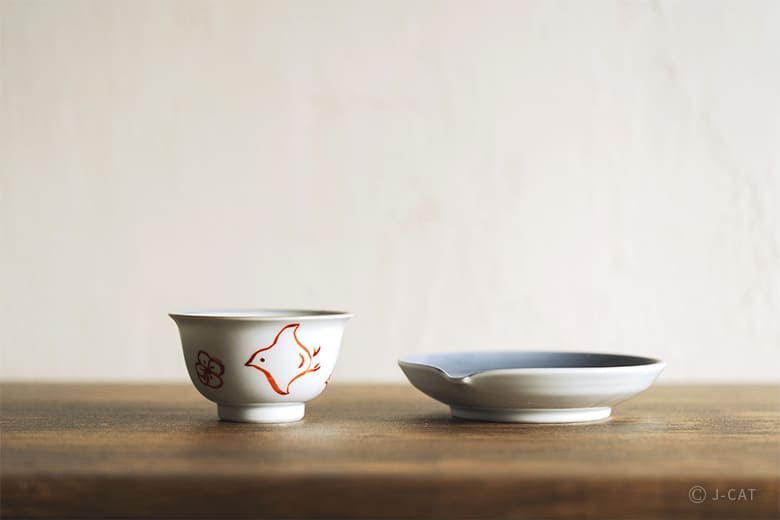
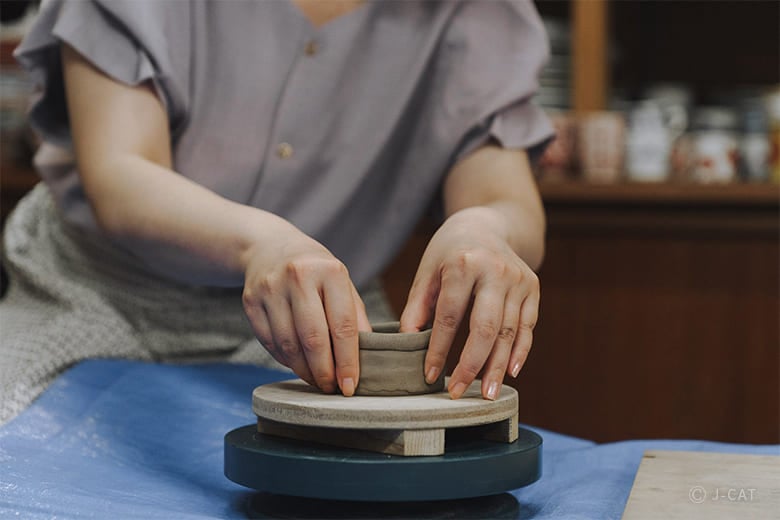
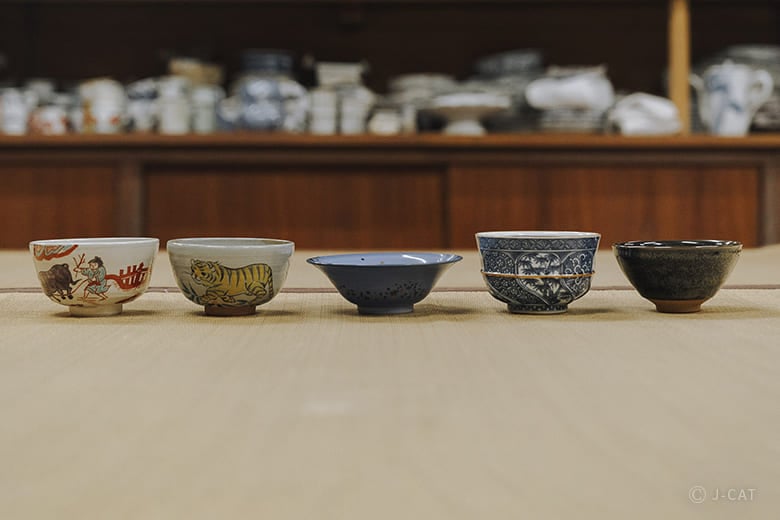
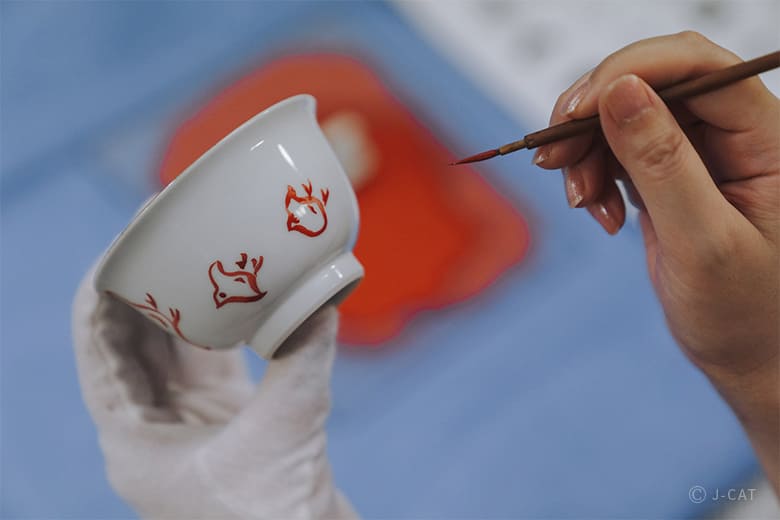
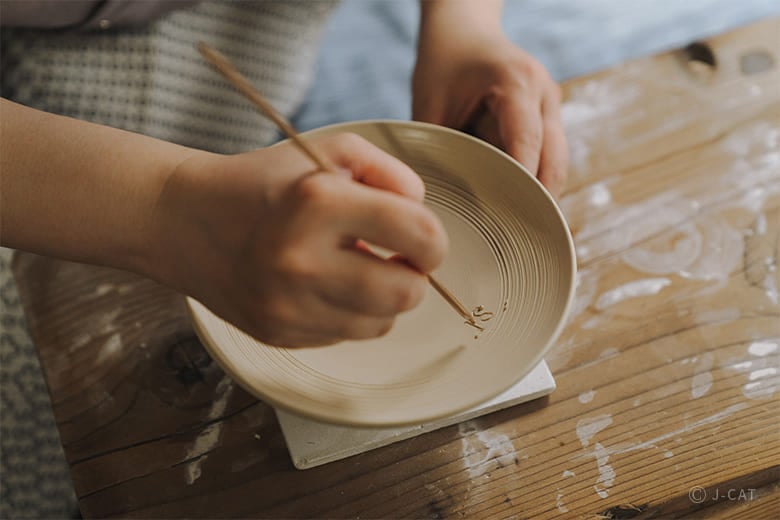
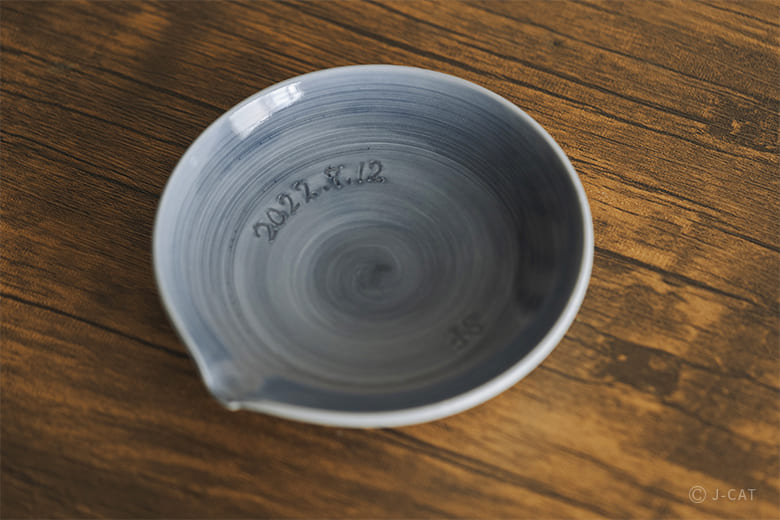
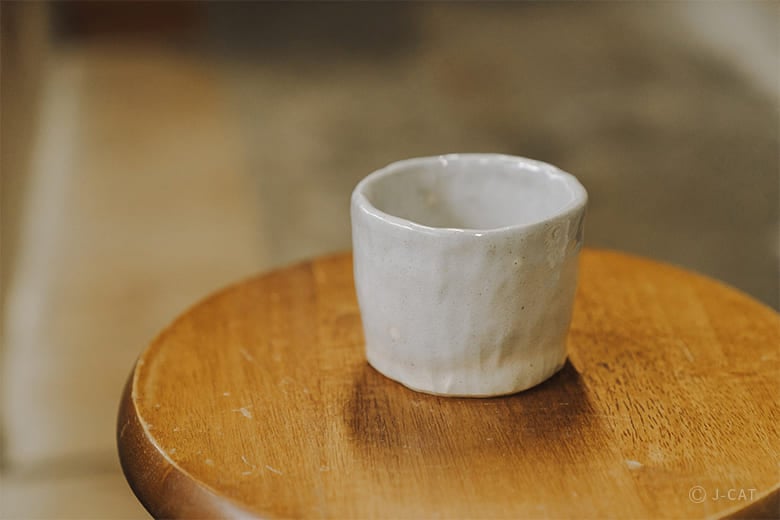
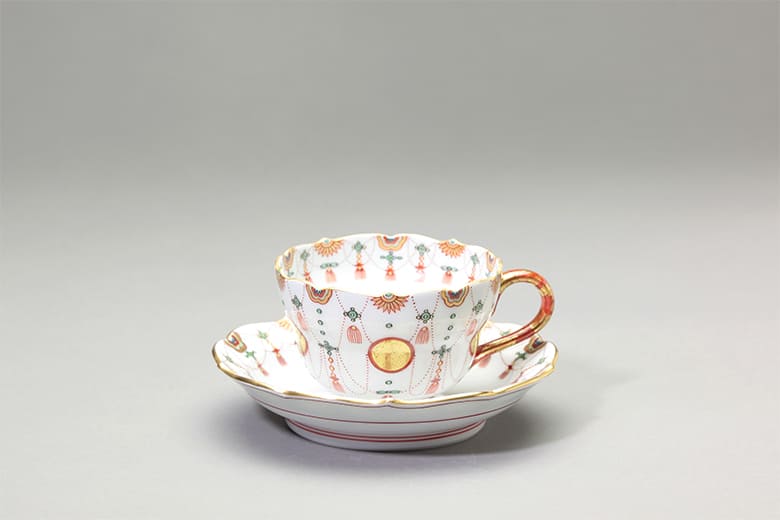
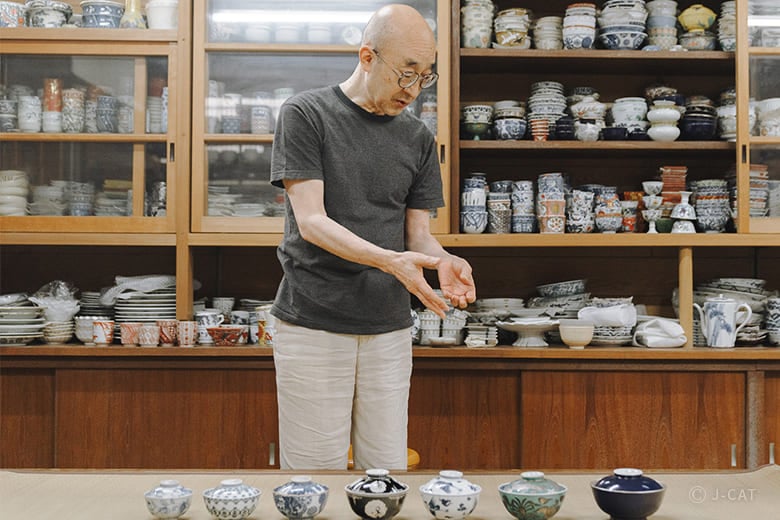
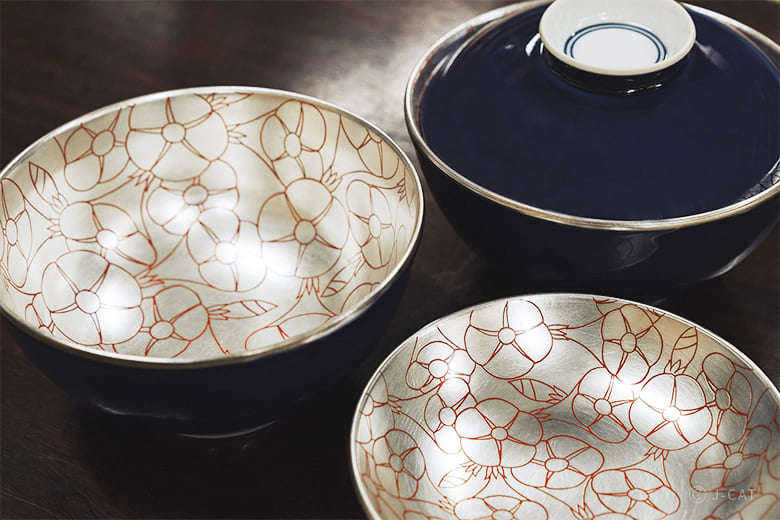
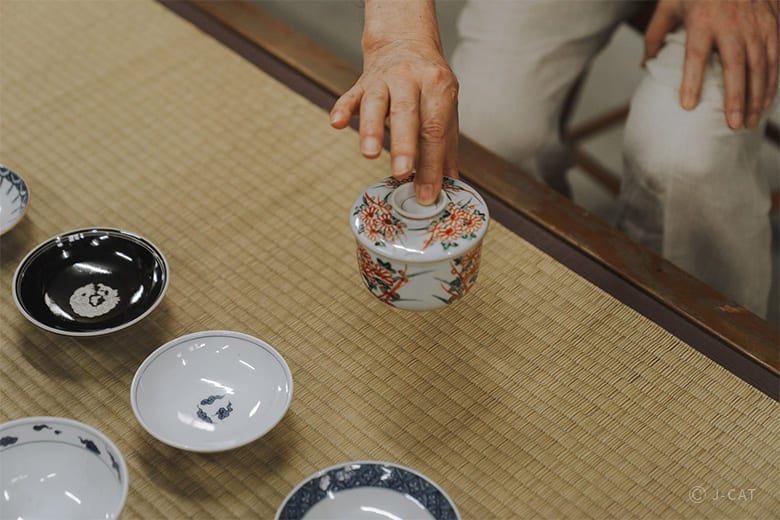
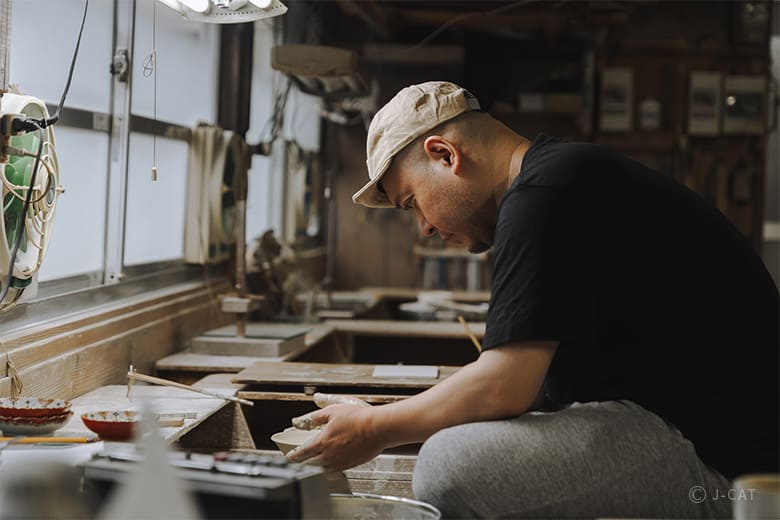
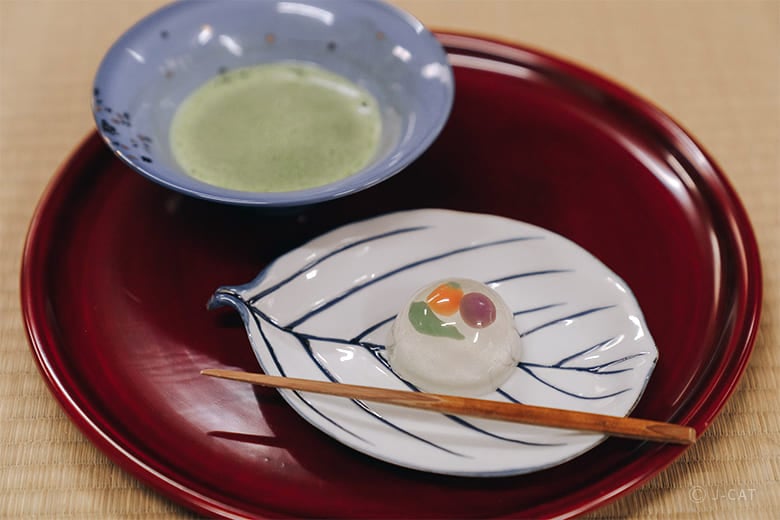
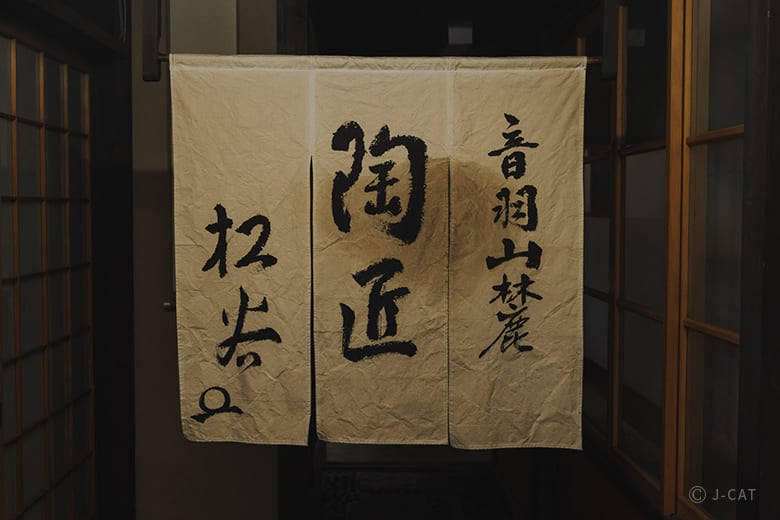














Overview
Based in Kyoto, the reputable Shoukoku Kiln, which was established more than 100 years ago, creates exquisite ceramic tableware that high-end ryotei restaurants use for kappo fine-dining cuisine. At this prestigious kiln that preserves tradition while constantly seeking innovation, discover the secrets to long-lasting, high-quality ceramics as you hand-build or paint pottery under the guidance of a skilled artisan who has mastered the art of Kyo-yaki and Kiyomizu-yaki ceramic ware. You can also inscribe your name on a ceramic created by an artisan using an electric pottery wheel.
Key Features
・An experience that involves creating your own ceramic, discovering the history of Kyo-yaki and Kiyomizu-yaki ware, and touring a reputed, long-running kiln
・Learn pottery directly from Shoukoku Kanoh, a Kiyomizu-yaki ware expert who’s one of Kyoto’s top artisans and has won numerous accolades, including the Prime Minister’s Award
・Enjoy wagashi sweets and matcha green tea served in a bowl created by Shoukoku Kiln
Kyoto
150mins
from ¥50,000 /person
1 - 6 participants
Available in English
Cancel free up to 8 days prior
Details
A Long-Running Kiln whose Creations Complement Kyoto Cuisine
Located close to Kiyomizu-zaka Slope and Komatsudani Shorinji Temple is the family-run Shoukoku Kiln (or “Shoukoku-gama” in Japanese), which was established over 100 years ago and is well-known for its exquisite Kyo-yaki ware. Now on its third generation, the kiln is headed by distinguished artisan Shoukoku Kanoh, who took on his grandfather's name after succeeding the kiln. His creations are representative of contemporary Kyo-yaki ware.
Since ancient times, Kyo-yaki has been used as a general term for ceramics created in Kyoto, although some used the term specifically for those created in the Higashiyama district. Traditionally, Kiyomizu-yaki referred to ceramics created in the area surrounding Kiyomizu-dera Temple, which would make Kiyomizu-yaki a subcategory of Kyo-yaki. However, today, it is common to use Kyo-yaki and Kiyomizu-yaki interchangeably to refer to ceramics created in Kyoto.
Going by his birth name Michio, Mr. Kanoh is a member of Nitten, Japan's oldest and most prestigious art association, and has served as a judge at the Nitten-organized Japan Fine Arts Exhibition. He has also taught at Kyoto City University of Arts. Mr. Kanoh has numerous awards and accolades under his belt, including the Prime Minister's Award, the Kyoto Prefecture Cultural Award for Distinguished Service, and the Grand Prize at the Vallauris International Ceramic Biennale.

One of Shoukoku Kanoh's iconic creations, "Bowl and lid with lapis lazuli overglaze and a silver-coated surface with morning-glory patterns"
Shoukoku Kiln's core concept, which has remained unchanged for over a century, is "tableware that makes food enjoyable." As Mr. Kanoh explains, "Of course, it's a given that the tableware must be beautiful. But it should also be easy to arrange, easy to carry, easy to wash, and easy to put away. A tableware is only as good as its usability."
As a result, Kyoto's finest chefs and Shoukoku Kiln have had a mutually supportive relationship for a long time. In the Kyoto culinary scene, the kiln has a reputation for creating tableware that suits the refined nature of Kyoto cuisine even in modern times.

Another of Shoukoku Kiln’s signature creations: “Porcelain cup and saucer with kinrande gold brocade, aka-e red overglaze, and Buddhist prayer-bead patterns”
Mr. Kanoh's creative endeavors aren't just limited to pottery. He worked with science-fiction novelist Baku Yumemakura and artist Yoshitaka Amano on a collaborative art project that integrated a story, paintings, and ceramics. Their joint work was exhibited at Kyoto, Tokyo, and Shanghai.
Additionally, during Gucci's 80th-anniversary exhibition, which featured collaborations with traditional Kyoto handicrafts, Shoukoku Kiln was selected to represent Kyo-yaki ware. Of his innovative projects, Mr. Kanoh says, “I believe that the future of pottery entails evolving with the times, not just passing down traditions.”
Trace the History of Kyo-yaki and Kiyomizu-yaki Ware
This experience starts with a tour of the kiln's workshop, where artisans work hard day in and day out. As the kiln's third-generation head, Mr. Kanoh will lead the tour and explain the history and characteristics of Kyo-yaki and Kiyomizu-yaki ware in an easy-to-understand manner.
One of Kyo-yaki ware's distinctive characteristics is its variety of techniques; it's said that each Kyo-yaki kiln has its own signature approach to pottery. For example, in addition to the standard technique of using a potter's wheel for shaping clay, Shoukoku Kiln makes full use of an array of traditional techniques and cutting-edge technologies to create its tableware. Some techniques that the kiln utilizes include sometsuke (using indigo pigment to draw designs on white porcelain, then applying clear overglaze to the porcelain and firing it), aka-e (red enamel overglaze), and kinrande (gold brocade — applying a layer of gold over a painted surface).

On this experience, listen to a fascinating in-person explanation on ceramics from expert artisan Shoukoku Kanoh
Lining the workshop's shelves are the kiln's creations, dating back from the first generation and going all the way to the present. Through the distinctive characteristics and designs of these works, you can visually trace the history of the kiln. You'll also pick up fascinating bits of trivia from Mr. Kanoh's commentary, such as the differences between painted ceramics from over 300 years ago and newer versions recreated with contemporary materials, the standard size for a bowl becoming smaller and smaller over time, how ceramics made from the same type of clay can have completely different textures due to oxidation and deoxidation, and so on.

A chawanmushi (savory egg custard) lidded bowl favored by restaurateurs
Make Pottery Under the Guidance of a Skilled Artisan
Finally, it's time to create a ceramic of your own. Overseeing this portion of the experience are Shoukoku Kanoh and his son Tomoo Kanoh. Choose between handbuilding or painting a ceramic. If you choose the former, you'll have to decide what kind of tableware you want to make: a yunomi teacup, a chawan (tea bowl without a lid), and so on. Start by creating the base, then stack twisted coils of clay atop one another. After making sure that the coils are smoothed out, repeat the process.

The trick is to stack the clay inward, closer to the bottom layer
The kiln will handle the drying, glazing, and firing of your ceramic, and the finished product will be delivered to you in about four months, so look forward to seeing how your finished creation turns out. The artisans at Shoukoku Kiln will not apply any fixes to make your work look neater or more "professional." Instead, your fingerprints and other marks will be left intact as a way of leaving your personal touches on your creation.

A handbuilt cup
Painting with Traditional Patterns and Pigments
If you opt for painting, choose a type of tableware such as a yunomi, plate, mukozuke (a small plate or bowl for kaiseki-ryori fine-dining appetizers), and so on. As for the design, how about using a traditional pattern as reference? The kiln has samples painted with auspicious patterns that are often found in Kyo-yaki ware: pines, plums, a bird called chidori, and more.
Through this activity, you can also pick up some Japanese painting techniques, as these are also part of the process of creating Kyo-yaki and Kiyomizu-yaki ware. Kyo-yaki and Kiyomizu-yaki not only incorporated techniques used in Nihonga (Japanese painting), but also expanded the range of artistic possibilities for this art form.

While glancing at your object of reference, start drawing designs onto the ceramic
Also setting Shoukoku Kiln apart from other kilns is its use of traditional dyes made from tea that is boiled, oxidized, then dissolved. Even in these modern times that demand greater efficiency, the kiln still proudly maintains some traditional techniques, after all.
There's no need to worry if you're completely new to painting, as the Kanohs will explain how to create the patterns and show you sample works before you get started. Even if you make a mistake, you can easily correct it by wiping it immediately. Of course, if you'd rather create your own design, that's perfectly fine as well. As with the handbuilding experience, your painted ceramic will still need to be dried, glazed, and fired, so it will be shipped to your address in about four months.

How about using these painted yunomi teacups as reference or inspiration?
Adding Your Personal Touch to Ceramics Made by Artisans
Next is a demonstration of how to use an electric potter's wheel — another chance for you to get an up-close look at an artisan at work. As the artisan’s seamless and fluid motions captivate you, a plate for you to design will be ready in no time. You can inscribe your name, the date of your experience, or a design of your liking on this plate.

You can get up close during the demonstration of how to use an electric potter’s wheel
Ceramics created by skilled Kyoto artisans with an additional touch of your own will make for the ideal keepsake of this experience. What's more, if you visit Shoukoku Kiln on a weekday, you'll be able to watch artisans carefully and masterfully painting ceramics.

Create a tangible memory by inscribing insignia and/or the date of your experience
A Casual Chat on Ceramics During A Moment of Relaxation
To conclude the experience, unwind by enjoying seasonal high-grade wagashi sweets from long-running Kyoto establishments, accompanied by a bowl of matcha green tea. The bowl for your tea is, of course, made by no less than Shoukoku Kiln.
Take your pick from a variety of bowls, then experience for yourself, with all your senses, how Shoukoku Kiln's tableware complements the matcha: how well the bowl fits in your hand, how the bowl enhances matcha’s flavor, how pleasant to the touch the texture is, and so on. This is a time to relax, so feel free to chat with the Kanohs about pottery and anything else under the sun.

Matcha green tea and seasonal high-grade wagashi sweets served on Shoukoku Kiln tableware
"We want our creations to be usable on a daily basis, without people worrying about our tableware breaking or chipping," the Kanohs explain. There’s nothing quite like witnessing the Kanohs’ dedication to their craft firsthand and experiencing for yourself the quality of their ceramics, so a visit to Shoukoku Kiln is sure to be an occasion worth looking forward to.

Shoukoku Kiln’s matcha bowls, each of which has a distinctive character of its own
Shoukoku Kiln

Shoukoku Kiln
Specializing in Kyo-yaki ware and its subcategory Kiyomizu-yaki ware, Shoukoku Kiln has been creating high-quality tableware for Japanese fine dining for over 100 years. Among Kyoto's many kilns, Shoukoku Kiln stands out for having received high praise from the Kyoto culinary scene. While preserving the traditions involved in crafting refined Kyo-yaki ceramics, the kiln uses cutting-edge technologies and open-mindedly pursues innovation to keep up with changing needs and modern times.
Customer's Voice
It was a fantastic experience. We learned a lot from the master and it was great fun making our own pottery.
B.S. United States
Owner and his son will give you a tour of the evolution of the Japanese art of pottery making through the ages. After the lesson, you will get to create your masterpiece with the help of his son. Once finished, they will glaze and ship your masterpiece to your home address.
K.S. United States
This is a first rate experience. Kanoh-san is a master and equally important, a teacher. How privileged to be given 150mins of his time in his studio! It also made a difference there were no other students. Kanoh-san certainly imparted a deep sense of tradition and duty. He is the difference. I am glad we managed to secure a class with him. It was an honour. This experience bears a repeat visit.
A.K. Singapore
Location
Shoukokugama
Higashiyama Ward, Kyoto
Request for booking
Select first preferred date (JST)
January 2026
Sun
Mon
Tue
Wed
Thu
Fri
Sat

Instant Booking

Request Booking

17
Full

17
Unavailable
Kyoto
150mins
from ¥50,000 /person
1 - 6 participants
Available in English
Cancel free up to 8 days prior
Things to know
Contact Us
If you have any questions, please contact us using the form below.
We also accept bookings from corporate clients and travel agencies.